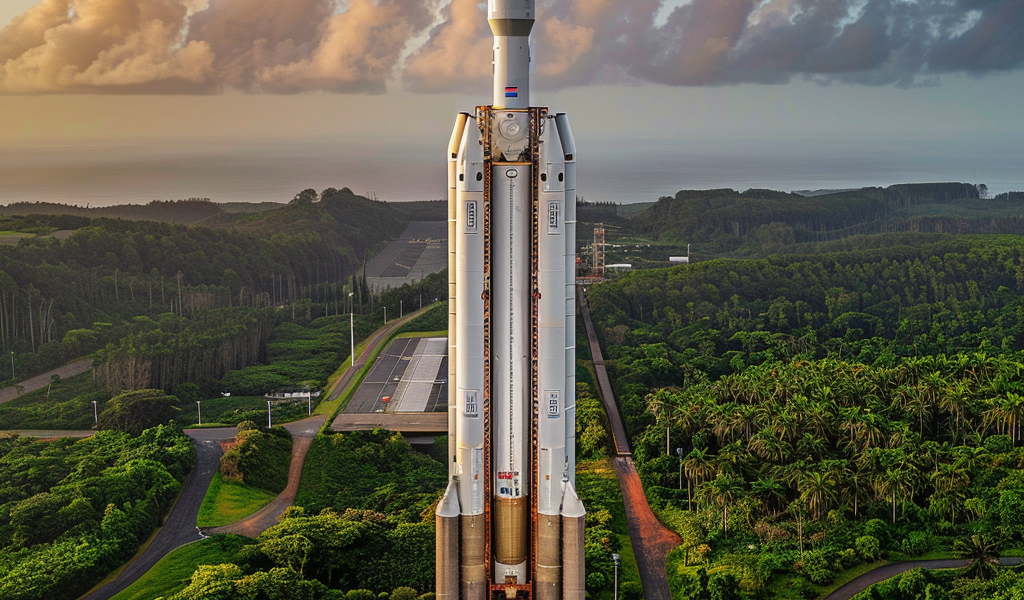Europe’s new Ariane 6 rocket has arrived at its spaceport in French Guiana, signaling the imminent launch of several satellites, deployers, and experiments from various space agencies, companies, research institutes, universities, and young professionals. The rocket, designed to offer versatile and cost-effective launch options, is set to embark on its inaugural flight, carrying a diverse range of missions from nine countries and dozens of organizations.
Michel Bonnet, head of Ariane 6 missions and system engineering, and ESA’s lead for the Ariane 6 inaugural flight, emphasized the rocket’s versatility and its ability to accommodate missions from established players like NASA to students designing their first-ever satellite. The missions encompass a wide array of objectives, including measuring gamma rays, tracking wildlife, testing self-healing solar cells, confirming the theory of black body radiation, and more.
The payloads for Ariane 6’s first flight are sourced from commercial companies, space agencies, and universities, each contributing hardware to test and validate their technology in space. The missions range from weather measurement on Earth and in the Solar System to studying the Sun and conducting other scientific experiments.
During the launch, four deployers, including the multi-CubeSat deployers RAMI and EXOpod, will release satellites away from the Ariane 6 upper stage. Additionally, two reentry capsules and nine satellites will be set free in a meticulously timed sequence, 600 km above Earth. CubeSat deployers, functioning as mini launchers, will orchestrate spring-loaded ejections to propel miniature satellites in the desired direction.
While some missions will fly free after deployment, others will remain attached to the upper stage of the Ariane 6. YPSat, for instance, will record the mission while four other experiments will stay fixed, performing their designated tasks for the duration of the mission.





